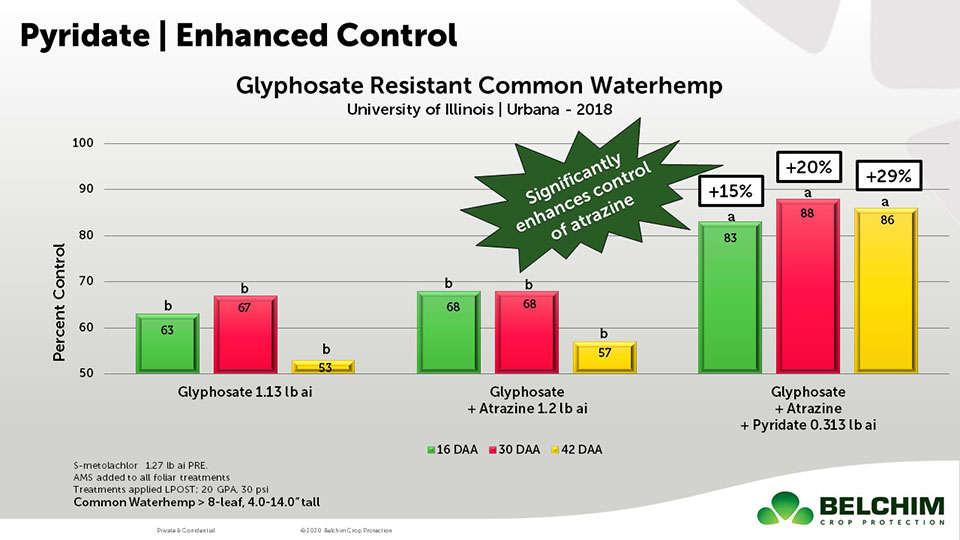Top Tech Trends To Watch
In 2007, CropLife® magazine’s two benchmarking surveys — the Precision Agriculture Adoption survey conducted in the winter, and the E-Survey, a computer and technology adoption survey conducted in the fall, didn’t end up revealing any particularly sweeping trends in retail use of technology. But there have been significant changes in the technology arena under the surface, both for manufacturers of technology products and for the retailers that use them.
As the managers of our sister brand, PrecisionAg, we’ve been deeply tied into the world of ag technology from both the retailer and the grower perspective. So we’re taking advantage of our position here to prognosticate on what we see coming in the world of agricultural technology in 2008 — what will be hot, what will be not, and so forth. We’ll check back in this space in December’s issue to see how we did, whether we have something to crow about — or if we have to eat crow.
1. Power Of Telemetry
Blackberries have brought e-mail to everyone on the road, wherever the user happens to be. But e-mail is just one software tool in a potentially massive toolbox, given the right receiver appliance and the right hardware driving it. With improvements to the “handheld device of choice” and specially designed software, telemetry could bring enormous capabilities and tools to bear in agriculture.
It’s out there and working in the technology-leading industries. For example, in health care, doctors now carry tablet notebooks at patient visits, allowing them to write and submit prescriptions without picking up the phone. Cardiologists can receive signals from a monitor hooked up to a patient that provide real-time heart monitoring information anywhere the doctor can receive a cell signal.
In agriculture, software manufacturer SSI is working on a rollout of a new program that will use telemetry to allow a home base computer to communicate with applicators in the field using a program that runs on a cell phone. The program will provide turn-by-turn navigation from job site to job site for the rig operator, record and download application data in real time, and provide the ability to track the rig’s movement throughout the day. This isn’t about being Big Brother — using this information, it will be possible to route machinery more efficiently and to find inefficiencies that are not possible to detect from a distance.
2. GPS Steering Fully Matures
When GPS steering first debuted in 1999, it was largely reserved for folks who could generate enough profit to pay the hefty entry fee. Today, there’s something for just about every level of use, and most manufacturers have filled in their lines, either through their own initiatives or through partnerships with other manufacturers.
For example, Autofarm, which specializes in high end real-time kinematic (RTK) steering systems; and Raven, which delivered a wide range of steering options using free and subscription-based satellite signals, are partnering on product development to serve a wider range of customers.
Hemisphere GPS, which manufactures the Outback Guidance line of products, purchased BEELINE, which produces GPS steering software. Outback will now have the ability to add accuracy to its line of GPS steering products, which to date had just one entry in the RTK steering category, the Baseline.
As the market further matures in 2008, look for more of this type of collaboration, and potentially some market shakeout if companies can’t keep up with the trend.
3. GPS Everywhere
We’ve seen an explosion of global positioning hitting the consumer market, which is serving to bring price points down for basic equipment and has manufacturers thinking about ways to help consumers get the most out of the GPS systems they buy. Given the number of cars that build in GPS systems as a high end option, it doesn’t seem unreasonable to expect that by next model year, GPS will be standard equipment on most vehicles. New product development should serve to keep prices going down, while improving functionality for all forms of GPS.
4. Growers Getting Technology
Implement steering, which actually steers the pull-behind tillers, applicators, and planters in addition to the tractors and ensures better row accuracy, has taken off among growers, especially those doing strip-till. A second technology, GPS controlled planter clutches, has been widely embraced by OEMs and in little more than a year has become standard. With growers gaining so much control over every row, from seed count to fertilizer application to tillage, their expectations of the accuracy from retailer service will be that much higher.
5. Food Safety
Could 2008 finally be the year that traceability issues come to the fore? After a number of disturbing revelations about food by-products coming in from China, and e-coli contamination domestically in beef and produce, the public — and in response, the government — have taken notice of the holes in our ability to track and trace food. Another significant scare with a national election on the horizon could push it over the edge.






